Entertain Your Child Indoors with These Fun, Educational Activities

Finding fun, educational activities for a child to do at home can often be a frustrating task for parents. Some require items that aren’t readily available or involve too much parental supervision. Fortunately, there are several ways your child can stay busy indoors while also learning something new; the key is to look for age-appropriate activities and tools that match their interests. You can also think about ways to breathe new life into their least favorite school subject.
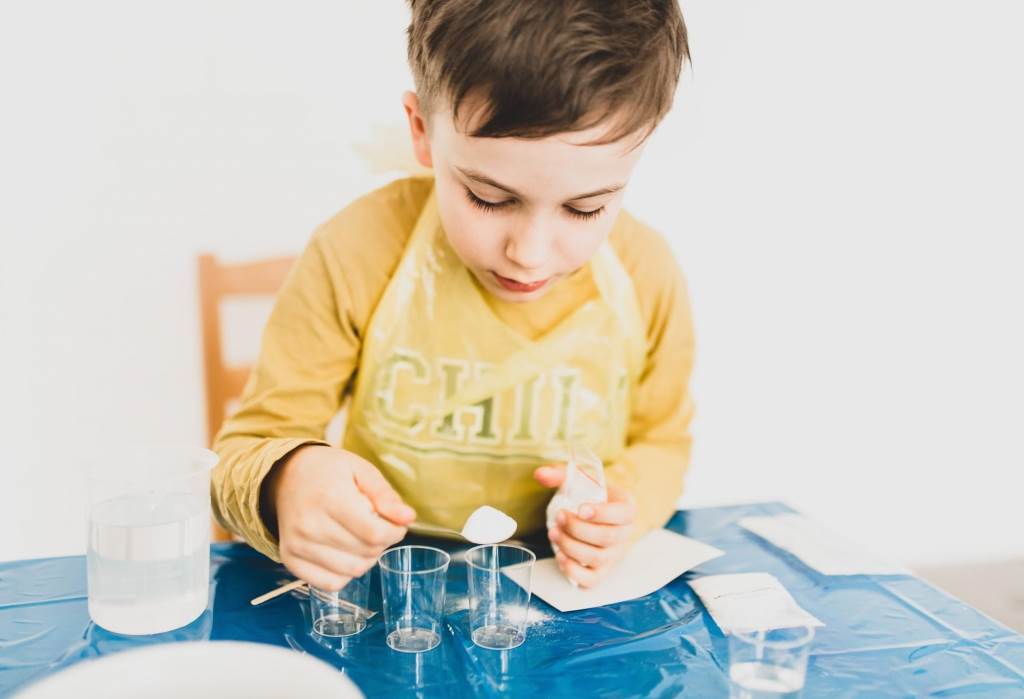
Get sneaky with math
Math is often a challenge for kids, especially when they move on from simple addition to concepts like multiplication and division. Help your child avoid frustration and learn while they’re having fun by incorporating some “sneaky” mathematics into different activities. You might have them keep score during family game night, or challenge them to create new rules for a card game. Look up some delicious recipes, and have your child help you measure and prepare ingredients. You can also download math-friendly games and puzzles, such as Sudoku, and challenge them to beat you. The more you can incorporate math into games or everyday activities, the easier it will be for your child to relax and take in those concepts without the mental block of intimidation.
If you’re unsure of which concepts to focus on, look for common test questions according to your child’s age and grade level. This, along with worksheets and test prep manuals, can help them feel more confident in their abilities as they move on to different types of math.
Make science fun
Like math, science can be a bit intimidating to some children, but there are many STEM activities for all ages that turn experiments into easy, fun projects. One popular experiment involves whole milk, food coloring, and dish soap to create “magical” rainbow hues in a dish. Kids ages 5-8 will especially love this activity, and while it may require some supervision, it only takes a few minutes to perform and uses items you probably already have in your home. Talk to your child about why the colors appear to “explode”–because the chemicals in the dish soap are reacting to the fatty milk–and encourage them to write down their observations.
Don’t be afraid to lean on technology
While most parents want to set limits on their kids’ screen time, it’s important not to write off the benefits of technology for young people. At-home learning activities can be given a boost with educational apps and websites such as Kids A-Z or Dreambox, which incorporates a gaming sensibility with learning different math concepts. Your child can even start learning a new language with Duolingo.
Consider buying a kid-friendly laptop that will help them stay on track; just remember to do a little research before you make the purchase. Read up on the durability of different models and check user reviews to find out what type of parental controls are available. You’ll also want to factor in the screen type and the computer’s overall capability when it comes to the cost, and don’t forget to take your home’s internet connection into account, especially if you work from home. Some games use a lot of bandwidth and can slow things down if several people in the house are using wi-fi at once.
Over the years, many studies have been done on the effects of video games on the cognitive growth of young people, with some parents unsure of how to approach the topic of gaming. However, the attitude towards games has changed in regards to how they can be helpful for most kids; not only do some of them require planning, strategy, and conflict resolution skills–which are useful in many areas of learning–they can also boost social skills and self-esteem and can even get kids moving by incorporating dance or other forms of exercise.
In 2014, the American Psychological Association shared research findings that showed the social and cognitive benefits of gaming for kids, which suggests that while gaming of any kind is best in moderation, it can have positive impacts on children under the right circumstances. Keep in mind that while gaming can be incorporated into daily learning, it can also just be allowed at break time as a reward.
The Best Math Books for Elementary Students
Get creative
Engaging in visual art, dance, writing, or music can have multiple benefits for young people, and these are great activities to perform indoors. Creating a painting or poem, choreographing a dance routine, or playing an instrument can help your child boost their self-esteem or relieve stress or anxiety, and these activities are important in allowing them space to find their own identities.
Not only that, but many educators have seen a link between the arts and better social, math, and reasoning skills, all of which help a child become a well-rounded person. Talk about the different creative activities your child can engage in, and encourage him or her to try a few to find out which ones they like best. Finger paints, watercolors, crayons, and markers are inexpensive tools for ages 3 and up, while a journal or a beginner’s instrument–such as a ukulele or recorder–is perfect for elementary school years. Dancers and performers might enjoy having a space of their own at home to practice in without distraction, such as the garage or an unoccupied room.
One thing to keep in mind as you look for different indoor educational activities for your child is that the way they’re presented is important. Many kids might automatically balk at the idea of a “science lesson,” for instance, but will be intrigued by a “magic experiment.” By framing a learning opportunity as a chance to have fun, you’ll be helping your child discover that educational activities are exciting and that they are capable of figuring things out on their own. This type of self-esteem boost is critical in encouraging children to pursue new paths in life.
The Best Books for Elementary Math Courses
Common Core Math Exercise Book for Grade 5 Student Workbook and Two Realistic Common Core Math Tests
Related to This Article
More math articles
- FREE 5th Grade NYSE Math Practice Test
- How to Overcome Praxis Core Math Anxiety?
- How to Stay Calm and Confident During a Math Test
- 4th Grade MCAS Math Worksheets: FREE & Printable
- Full-Length DAT Quantitative Reasoning Practice Test
- Full-Length 6th Grade PARCC Math Practice Test-Answers and Explanations
- TSI Math FREE Sample Practice Questions
- How to Solve Radical Inequalities?
- 8th Grade SOL Math Worksheets: FREE & Printable
- Average Value of a Curve







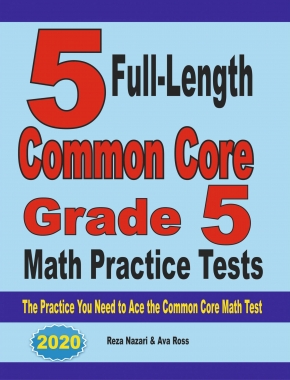
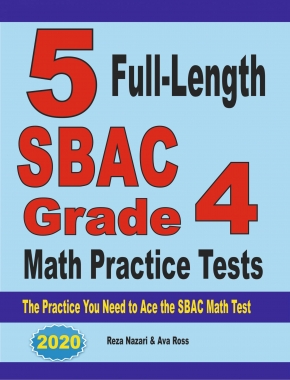
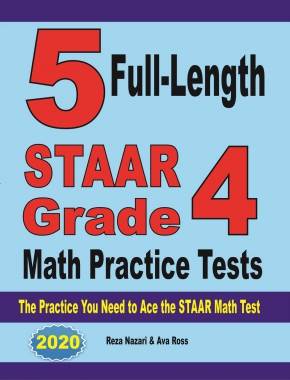
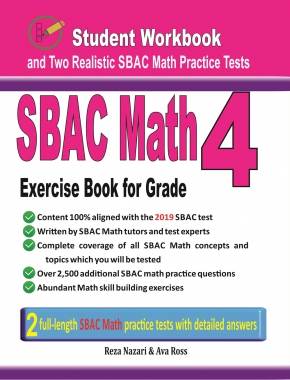
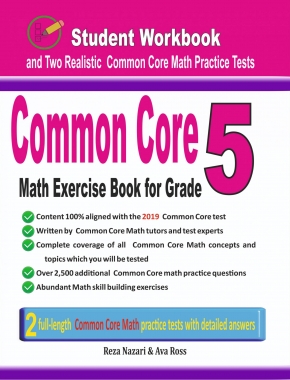
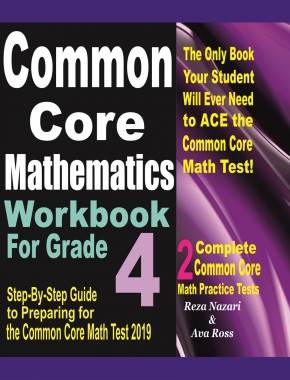



What people say about "Entertain Your Child Indoors with These Fun, Educational Activities - Effortless Math: We Help Students Learn to LOVE Mathematics"?
No one replied yet.